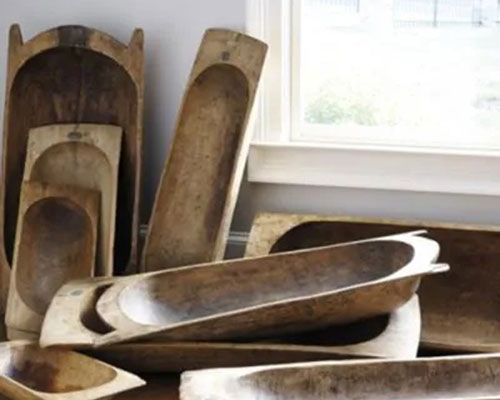

Chaps correctly pronounced “shaps”
Chaps are sturdy coverings for the legs consisting of leggings and a belt. They are buckled on over trousers with the chaps’ integrated belt, but unlike trousers they have no seat and are not joined at the crotch. They are designed to provide protection for the legs and are usually made of leather or a leather-like material. Their name is a shortened version of Spanish the word “chaparreras.” Chaparreras were named after the chaparral (thick, thorny, low brush) from which they were designed to protect the legs while riding on horseback. Like much of western horse culture the origin of chaparreras was in Nuevo España / Mexico and has been assimilated into the culture of the American west. They are a protective garment to be used when riding a horse through brushy terrain.
The earliest form of protective leather garment used by mounted riders who herded cattle in Spain and Mexico were called armas, which meant “weapons.” They were essentially two large pieces of cowhide that were used as a protective apron of sorts. They attached to the horn of the rider’s saddle and were spread across both the horse’s chest and the rider’s legs. From this early and rather cumbersome design came modifications that placed the garment entirely on the rider. There is also evidence that certain design features may also descend from the mountain men who copied them from the leggings worn by Native Americans. Different styles developed to fit the local climate, terrain and hazards. Designs were also modified for purely stylistic and decorative purposes. The time of actual appearance of the garment on Americans is uncertain. By the late 1870s, however, most Texas cowboys wore them as the cattle industry moved north. By 1884 the Dictionary of American Regional English notes use of the word in Wyoming, spelled “schaps.”


